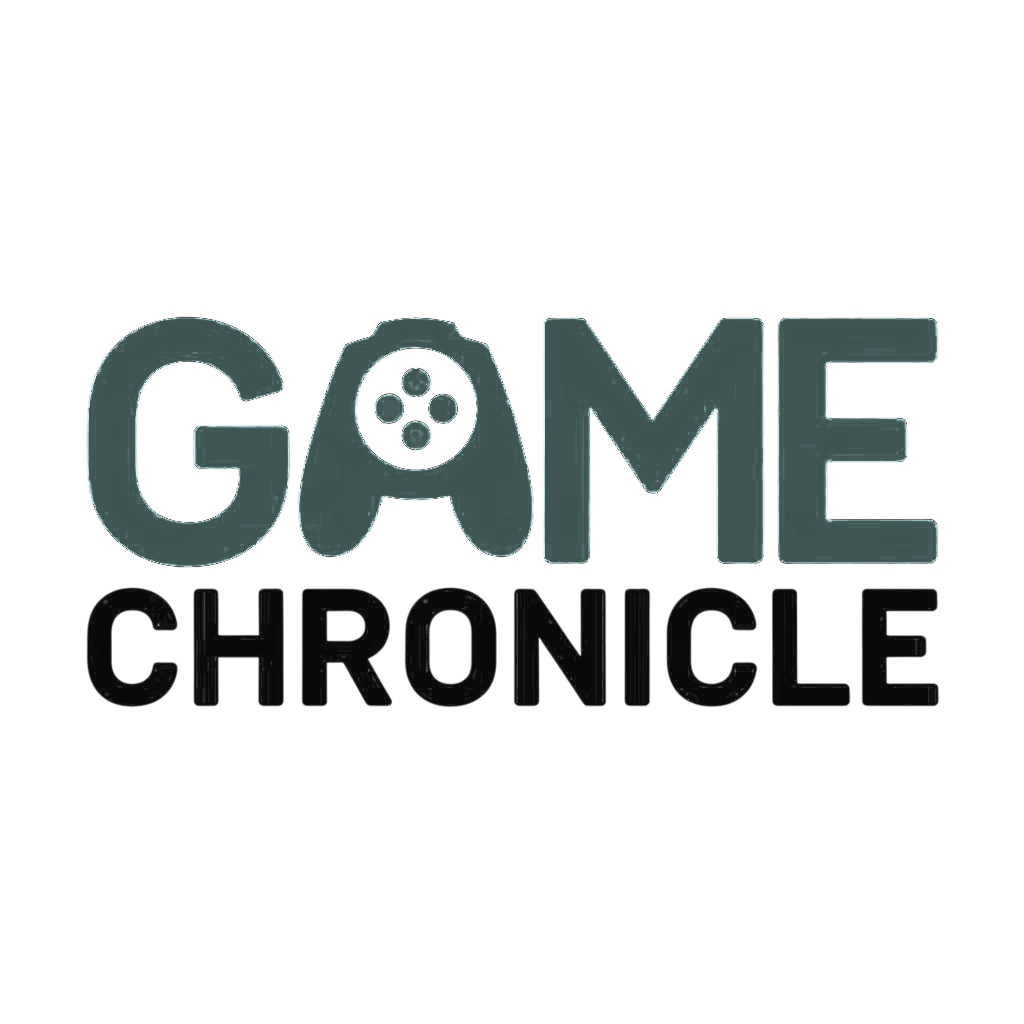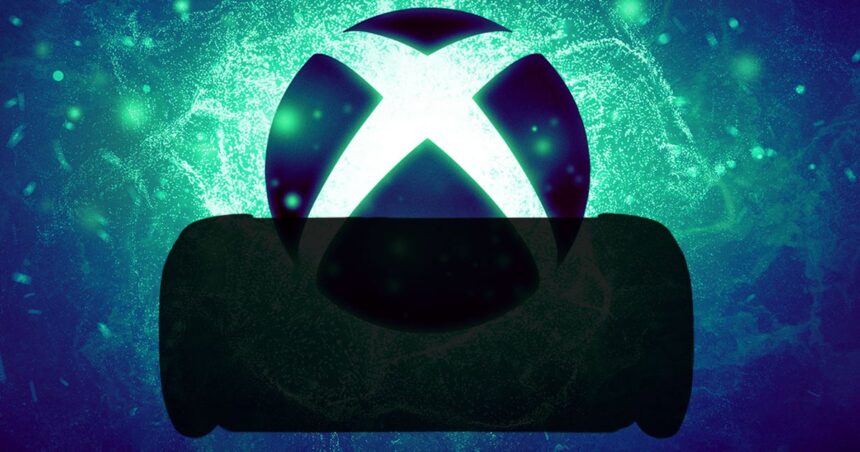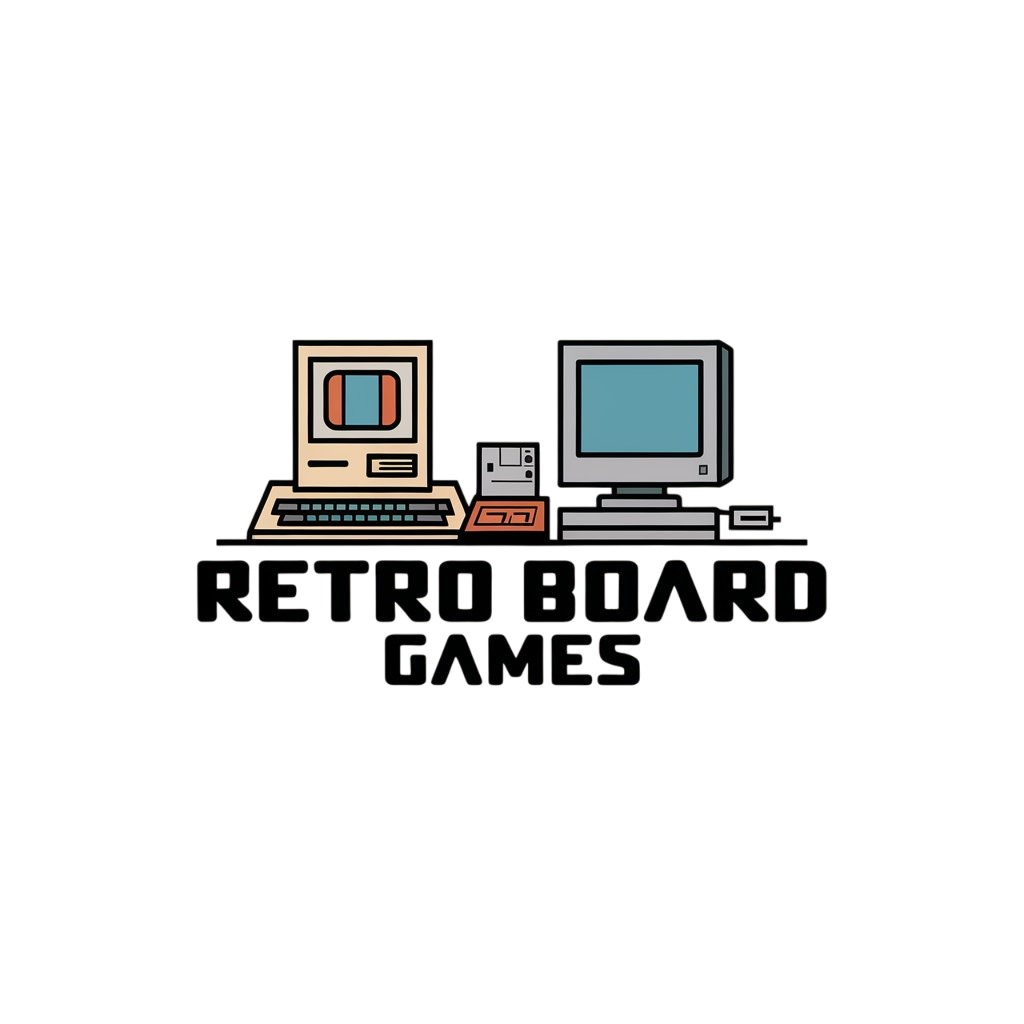Surprising news emerged last week in an exclusive posted by Windows Central’s Jez Corden. According to this report, Microsoft is sidelining development of its first-party next generation handheld console in favour of “doubling down” on efforts to deliver a first-class Xbox experience for the wealth of PC handhelds in development by the likes of Asus and Lenovo. Development and investment in Microsoft’s 10th generation consoles continues apace, in concert with efforts to improve Windows 11 for gaming.
In my opinion, it’s the right move – especially in light of coverage of the Lenovo Legion Go S from Dave2D. This is a fascinating video that’s well worth checking out. Lenovo has released two variants of the same handheld: one running on Windows, the other running on SteamOS. The results are startling. The same hardware delivers overall better gaming performance on SteamOS while delivering better battery life. This is on top of the established fact that SteamOS is simply a more fully formed and functionally superior interface for handheld gaming.
With that being the case, the decision to shift gears is a good one. Microsoft has been signposting for some time that the future of Xbox features some kind of more in-depth integration with Windows – and it’s clear that there’s a huge amount of work to do. It’s been over three years now since Steam Deck launched and while there have been improvements to the Windows 11 gaming experience, we’re still a long way off from an experience that’s as seamless, as performant and as efficient as SteamOS. Ideally, what we’d like to see would be some kind of Windows Gaming Edition – a variant of the OS that puts the gaming interface front and centre, while retaining the ability to drop back to the standard Windows desktop. That’s exactly the approach that SteamOS took and it makes the most sense.
- 0:01:16 News 1: Switch 2 retail units leak!
- 0:33:30 News 2: Microsoft reportedly delaying Xbox handheld
- 0:50:49 News 3: F1 25 packs path tracing punch
- 1:12:20 News 4: Nvidia releases native GeForce Now Steam Deck app
- 1:21:02 Supporter Q1: What games has John picked up in Japan?
- 1:28:58 Supporter Q2: How do the DLSS versions and presets interact?
- 1:34:34 Supporter Q3: Could Nvidia make DLSS mandatory on PC?
- 1:40:09 Supporter Q4: With Switch 2 fast approaching, have we underestimated the appeal of DLSS?
- 1:45:16 Supporter Q5: Is the RetroTink 4K still useful on Switch 2?
- 1:47:41 Supporter Q6: Are there technical obstacles to standardising ML upscaling through DirectX?
Meanwhile, some of the shortcomings of Windows seen in the Dave2D video are ripe for fixing. Perhaps the biggest elephant in the room is battery life, which is markedly poor on Windows, primarily impacted on less demanding games. Noted handheld gaming expert Cary Golomb (his YouTube channel, The Phawx is excellent) says this can be fixed with what he calls an “AutoTDP” solution. In essence, he says that legacy Windows systems to maximise CPU performance are harming battery life. Homebrew solutions can already solve the problem, but ultimately, the end user shouldn’t be bothered by this.
The concept of SteamOS running Windows games through the Proton translation layer and yet still delivering on par or better performance in many games may well be more challenging to fix, however. SteamOS’s solution for compatibility is to translate Direct X API calls to Vulkan, while at the same time using an open source AMD Radeon driver as opposed to the Windows one. Direct X needs an overhaul anyway (if only to solve the perennial shader compilation stutter problem) but how much of this level of inefficiency is down to Microsoft and how much of it is because of the AMD Windows driver isn’t known.
Regardless, the scale of the task facing Microsoft in delivering a Windows revamp that is at least as good as SteamOS should not be under-estimated – but there’s a secondary aspect to the Windows Central story that raises many questions. Focusing on Windows is one thing, but why bin off development of a first party handheld? In theory, Microsoft could bypass the Windows issues completely by adapting its existing, streamlined Xbox operating system in the same way we imagine Sony doing with its own in-development handheld.
From a strategic perspective, Microsoft may well be viewing a potential proliferation of SteamOS devices as more of a direct threat to its core business than a PlayStation handheld may be to a dedicated Xbox handheld. Meanwhile, there’s another core question to consider: why should Microsoft make a handheld when so many of the things are already being made?
If you consider the difference between a current-gen console and a gaming PC, and then between a console and PC handheld, we’re talking about very different propositions. In comparing a desktop PC to a console, it’s a case of shrinking everything the computer does into a relatively simple motherboard. Discrete graphics and CPU are integrated into one processor. Two separate pools of memory (system and graphics) are unified into one. In the case of PS5, even storage is part and parcel of the mainboard. In essence, the entire gaming PC is distilled down into the most simplistic form possible.
Perhaps the reason why Microsoft doesn’t feel the need to make its own handheld is down to the fact that almost all of that integration is already done – whether its Steam Deck, Asus or Lenovo handhelds or any of the others, the same principles of simplification and unification are already in place. All that remains is the software, which seems to be the new focus for Microsoft which seems to believe that Windows can do that job.
Leaving the handheld hardware to OEMs also solves another problem for Microsoft: iteration. Steam Deck is three years old, but is having problems running some of the latest triple-A games – as we’ve covered in depth in our “Too Big For Steam Deck” series. This has opened the door to devices such as the Asus ROG Ally and the Lenovo Legion Go, where more advanced silicon typically has enough horsepower to make unplayable games work. If a similar fate were to happen to a first-party Xbox handheld, it would be years for Microsoft to be able to respond. In essence, Microsoft’s strategy allows the market to solve the problem. If you want extra performance, you can go out and buy it.
Finally, there’s another good reason for Microsoft to streamline its 10th generation console plans and it boils down to one question: how big is the addressable market and is it actually worth the gigantic investment required? Any kind of handheld released by Microsoft will inevitably end up being compared to Switch 2 when the nature of the device is much more Deck-like and therefore a part of a much smaller market. Whatever happens, the end game must include existing Xbox digital libraries working on these devices – which brings us back to Windows and how that must necessarily evolve to integrate with the Xbox ecosystem.
How big of a missed opportunity this may be will all come down to how good Microsoft’s Xbox integration with Windows actually is – and perhaps also in how good the Sony handheld (which we’re convinced does exist, by the way) turns out to be. Hardware backwards compatibility as seen in PS5 suggests that a PlayStation handheld could likely run the entire PS4 library in the same way it runs on PS5. I’d expect to see a route forward for PS5 games to be downsized to run on the portable, while at the same time, the overall hardware design is likely to be a smaller version of whatever PS6 turns out to be. With the clues placed in the PS5 Pro design, machine learning and RT support is highly likely. This one is difficult to project as the GPU side of the equation will be based on an architecture we know exceptionally little about.
And that’s the other advantage of the new Xbox strategy, of course. We won’t need to wait years to see ‘Xbox’ handhelds appear – the Asus Project Kennan device should be landing later this year.






